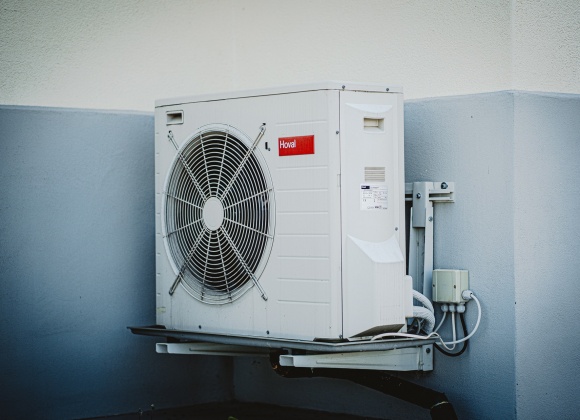DIY Jobs to Improve your Home's Energy Efficiency
It is estimated that about 22% of the country’s carbon emissions come from our homes. As we begin to contemplate a winter of rising energy prices and the catastrophic effects of climate change, we are all looking for ways to help to improve our home’s energy efficiency. One of the best actions that you can take to improve your home’s energy efficiency is to get the walls insulated – whether they have a cavity or are solid. However, this must be carried out by qualified technicians.
To be able to improve your property’s energy efficiency, it is first important to know how energy efficient it is at the moment. The best way to do this is by getting an up-to-date Energy Performance Certificate (EPC). This involves an assessor inspecting the property to gauge how energy efficient it is, giving it a rating, and also providing recommendations relating to how its energy efficiency can be improved.
There are, however, some things that you can do yourself in your home that can help to improve its energy efficiency.
Loft Insulation
According to the Energy Saving Trust, about 25% of the heat of a home is lost through an uninsulated roof or loft. The good news is that insulating a roof is done easily. Rolls of insulation can be bought from a local DIY shop and would normally be cross-laid in the loft – a layer between the joists and one over the joists. If your loft is boarded, the insulation can be laid on top of the boards or you can raise the joists to accommodate the insulation.
The current government recommendation is to lay 250mm of insulation, and if you prefer, you can insulate the roof instead of the ‘floor’ of the loft – you might need professional help with this, however.
Insulate Hot-Water Pipes and Tanks
Hot water tanks and pipes can also lose heat easily, forcing extra energy to be used to reheat the water. By insulating them, you can reduce the need for this extra energy. Pipe lagging and hot water tank jackets can be bought easily and inexpensively from a DIY shop and fitted by you.
When you are buying a hot water tank jacket it is recommended that you get one with a thickness of at least 3 inches (80mm) for best effect.
Furnishings
The way that you furnish your home can have a massive effect on its energy efficiency. Fitting carpets, rugs and soft furnishings help to contain the heat, as well as fitting heavy curtains that can be drawn to reduce heat lost through the windows or draughts around the windows.
Draught excluders can also be useful in helping to keep the property warm in the winter, containing the heat and enabling you to keep the thermostat turned down a notch.
Draught Proofing
The best way to reduce the heat lost through your windows and doors is to double or triple glaze them. This is not always possible, however – and certainly not something that you can do by yourself! The alternative to this is to get specialist draught-proofing materials for a DIY shop and fit them yourself to limit the amount of draughts that you get from ill-fitting windows and doors.
Products for draught-proofing that are available include seals for around windows, loft hatches, and doors, letterbox draught excluders, and keyhole draught excluders.
It is important to remember, however, that ventilation is a necessary part of your home. Your house needs to be adequately ventilated to ensure your own safety – especially if you have an open fire or gas appliances – and also to ensure that you do not get condensation or problems with damp. You must ensure that you do not block any vents or window trickle vents.
Secondary Glazing
If it is impossible to fit double glazing to your property (it might be that you are in a rented or listed property), another option for you may be to fit secondary glazing. This could consist of an acrylic sheet cover, or perhaps a cling film like substance covering the window. There are also secondary glazing units that can be fitted over the existing window – although this could be more expensive.
It might be that you would prefer to get professional help carrying this out if you are not confident.
Ensuring that the energy that you are using and paying for is used properly and not wasted is a simple step to creating a more energy-efficient house, that can be done easily by anyone. By making a few small changes, we can all begin to play our part in creating a greener world, and, ultimately, saving us money.



